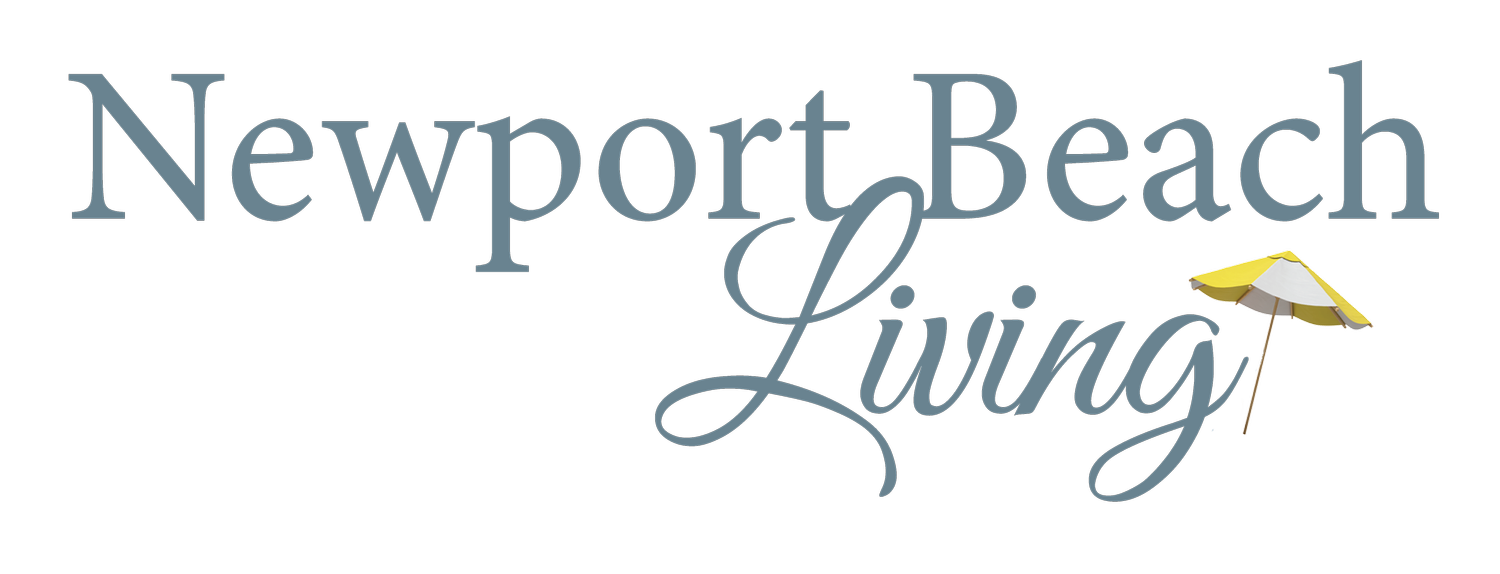The Science of Habits— How to Make Your New Year’s Resolution Stick
Byline: Colleen Rivers, MD
As we ring in the new year, most of us can’t help but take stock of ourselves and our lives. In some cases, this manifests as a formal list of New Year’s resolutions. In others, it results in a general sense of how we would like to do better. Either way, when we find ourselves pausing (even for a moment) to consider who we are and who we want to be, we are winning. In that vulnerability, we become willing to make the small changes that ultimately transform our health and happiness. These changes happen in the habits of our daily lives. They are things like going to bed twenty minutes earlier, snacking on apples instead of chips, prioritizing a walk with a friend, or writing a daily gratitude list. These things may be easy enough to do today but the real magic happens when we do them consistently day after day, week after week. It’s the consistency piece where most of us lose track of our ideals. However, in this article I will outline four simple tools to help us get consistent. The research shows that it takes about 66 days for a new habit to become automatic.(1) In other words, we only have to work hard for a couple of months and then our desired action becomes instinctual.
The first suggestion, as outlined in Atomic Habits by James Clear, is that we answer two questions about our new behavior: When and where are we going to do it? (2) If this seems like a trivial exercise, just try to pin yourself down for five minutes in your daily life and see how essential it becomes to carve out the time and space in advance. For example, if you are aiming to develop a daily meditation practice, you might decide that immediately after you drop your children at school but before you walk into your office or home is best. (Yes, it’s okay to sit in your car and meditate if that is your protected space- I’ve been there!)
Secondly, set yourself up for success! By that I mean to add or reduce friction in order to make your new behavior the easy choice. For example, when I was trying to get get more sleep, I invested in lightbulbs that automatically dim and turn off at a specified time. Now, it takes more work to walk around turning lights back on that to just listen to my body and go to bed; this is adding friction. When I was focused on trying to eat a greater variety of whole foods, I bought mason jars for my fridge. Now I chop my veggies in advance so they are easier to grab when I’m in a hurry; this is reducing friction.
Third, use your current routine to cue your new habit. This is called habit stacking. You want to perform your new behavior with something you do every day. For example, a written gratitude practice takes about 2 minutes to complete and can change the experience of your entire day (and life.) I was never consistent with this until I stacked it with my morning tea. Now as I have my tea, I write down 3-5 things going well in my life (and teach my brain to look for the good things the rest of the day.) Or how about taking a five minute walk every day after lunch? If you’ve struggled to get enough movement in, stacking a walk with a meal means your are more likely to remember it plus you get the added benefit of lowering your post-prandial blood sugar. (3)
Finally, get your head right. (This applies to anything you want to accomplish.) In order to be successful, you need to believe that you are capable. Sit with your resolution. Own it. Visualize it. Feel the feelings of work and of accomplishment. Let’s say you want to run a half-marathon this year. Register for a race now and start mentally walking yourself through the process from buying new sneakers, to short training runs, to longer runs. Feel how proud you will be the day you complete it (even though it is many months away.) Whatever your goal is, set a very clear intention on where you want to go and what you need to do to get there. See it in your mind first and before you know it, you will be living your way there! Happy New Year!
References:
Clear, J. (2018). Atomic habits: Tiny changes, remarkable results : an easy & proven way to build good habits & break bad ones. Avery, an imprint of Penguin Random House.
Lally, P., van Jaarsveld, C. H. M., Potts, H. W. W., & Wardle, J. (2010). How are habits formed: Modelling habit formation in the real world. European Journal of Social Psychology, 40(6), 998–1009. https://doi.org/10.1002/ejsp.674
Buffey, A. J., Herring, M. P., Langley, C. K., Donnelly, A. E., & Carson, B. P. (2022). The acute effects of interrupting prolonged sitting time in adults with standing and light-intensity walking on biomarkers of cardiometabolic health in adults: A systematic review and meta-analysis. Sports Medicine, 52(8), 1765–1787. https://doi.org/10.1007/s40279-022-01649-4
Dr. Colleen Rivers is the founder and CEO of Seek, a health and wellness platform that empowers people to take back ownership of their own health. Its overarching philology is that the act of seeking — or taking one small step toward your healthiest self — is in itself transformative. She graduated from the NYU School of Medicine and completed her residency at the Harvard Affiliated Emergency Medicine Residency at Beth Israel Deaconess Medical Center. She completed her fellowship in Medical Toxicology at NYU School of Medicine and her Nutrition training at the Institute for Integrative Nutrition. Colleen lives in Newport Beach with her husband and four children.
Visit her website: www.seektransformation.com


